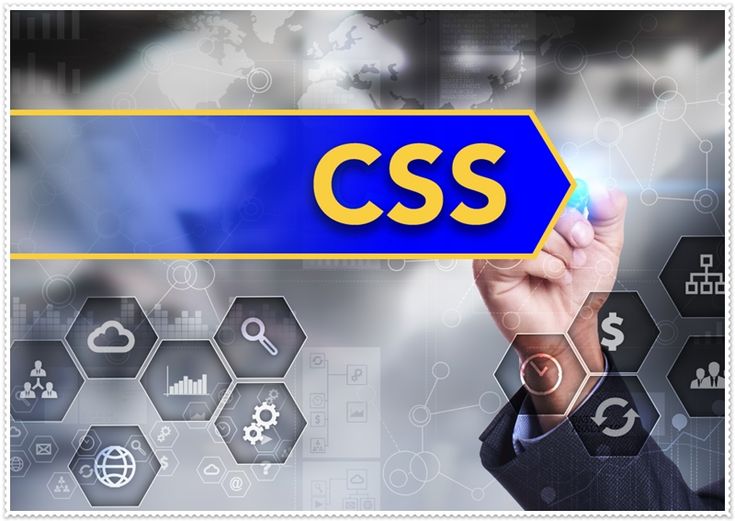In the ever-evolving landscape of web design, Cascading Style Sheets (CSS) play a crucial role in turning mere HTML documents into visually appealing and interactive websites. CSS empowers developers and designers to apply styling and layout to web pages, providing a seamless user experience across various devices and browsers. In this article, we will delve into the fundamentals of CSS and explore various styling techniques to create stunning web interfaces.
I. Understanding CSS
Before we dive into the nitty-gritty of styling, let’s first grasp the concept of CSS. CSS, short for Cascading Style Sheets, is a style sheet language used to describe the presentation of a document written in HTML or XML. It acts as a separate layer of code that controls the visual appearance and layout of web pages. By using CSS, developers can separate the content of a website from its presentation, enabling flexibility and easy maintenance.
II. CSS Selectors: Targeting Elements
Selectors are the backbone of CSS, as they define which elements on the page the styles should be applied to. The commonly used selectors include element selectors, class selectors, ID selectors, and attribute selectors. Additionally, we’ll explore how to combine multiple selectors to target specific elements more precisely.
III. The Box Model: Understanding Layout Basics
The box model is a fundamental concept in CSS that defines how elements are rendered on the web page. It comprises four components: margin, border, padding, and content. We will explain each component’s purpose and demonstrate how the box-sizing property influences the sizing of elements.
IV. Typography and Text Styling
Typography plays a significant role in enhancing a website’s readability and aesthetics. We’ll explore various text properties like fonts, font families, font sizes, font weights, and text alignment. Additionally, we’ll discuss text decoration and spacing to further fine-tune the typography.
V. Working with Colors and Backgrounds
Colors and backgrounds add personality to a website. We will delve into CSS color values, background properties, and how to create gradient backgrounds. Moreover, we’ll learn how to use background images and control their positioning to achieve visually appealing effects.
VI. Layout Techniques: Crafting the Webpage
Creating effective webpage layouts is crucial in web design. We will explore various layout techniques, including floating elements and clearing floats. Additionally, we’ll discuss the positioning of elements using relative, absolute, and fixed positioning. The display property will be introduced, providing insights into inline, block, inline-block, and none display types. Moreover, we’ll dive into the modern layout tools of CSS, such as Flexbox and the Grid system.
VII. Introduction to Responsive Web Design
With an increasing variety of devices used to access websites, it’s essential to design responsive layouts that adapt to different screen sizes. We’ll introduce the concept of responsive web design and explore media queries, enabling us to apply specific styles based on the user’s device characteristics. Furthermore, we’ll delve into fluid layouts and the mobile-first approach for optimal responsiveness.
VIII. CSS Frameworks: Streamlining the Design Process
CSS frameworks offer pre-built CSS styles and components, streamlining the web design process. We’ll discuss the concept of CSS frameworks, their advantages, and potential disadvantages. Additionally, we’ll take a closer look at popular CSS frameworks like Bootstrap and Foundation.
IX. CSS Best Practices: Writing Efficient Code
To maintain clean, scalable, and maintainable CSS code, we need to adhere to best practices. We’ll cover essential aspects like code organization, file structure, and the pros and cons of using external, inline, or internal CSS. Additionally, we’ll explore CSS resets and normalization techniques to achieve consistent styles across different browsers.
X. Cross-Browser Compatibility: Tackling Browser Differences
Different browsers may interpret CSS differently, leading to inconsistencies in the appearance of web pages. We’ll discuss common cross-browser issues and explore CSS hacks and vendor-specific prefixes to ensure compatibility across multiple browsers.
XI. CSS3 and Modern Styling Features
CSS3 introduced a plethora of exciting features that enable advanced styling effects. We’ll explore some of these features, including rounded corners, border effects, shadows, gradients, transitions, and animations, to add a touch of modernity to our designs.
XII. Conclusion: Embracing CSS for Creative Web Design
In conclusion, CSS is a powerful tool that empowers web developers and designers to unleash their creativity and transform ordinary web pages into extraordinary works of art. By mastering CSS and incorporating various styling techniques into our workflow, we can craft visually stunning and responsive web interfaces that leave a lasting impression on users. As technology continues to evolve, staying up-to-date with the latest CSS trends and practices will be crucial in creating innovative and engaging web experiences. So, let’s embrace CSS and embark on a journey of endless possibilities in the realm of web design!





